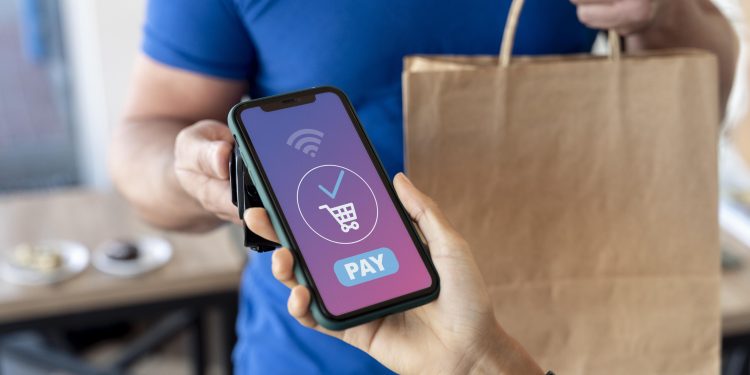Contactless and frictionless are the two words that we hear most often when we talk about improving the customer experience at checkout, but the big challenge for merchants is how to keep losses low while making customers happy. Amazon made headlines when it announced its new Just Walk Out (JWO) technology, enabling customers to avoid a stop at a central checkout and have purchases billed automatically to their Amazon accounts. Behind the scenes, the Amazon test stores are armed with a bevy of scales, sensors, and cameras that record in-aisle activities and determine what products are being selected and purchased. While the technology is there, large format retailers like supermarkets and discounters can’t generate an acceptable ROI from the hardware investment required to outfit a large store.
Self-checkout has been the most common solution that merchants deploy to address shoppers’ demands for speed and convenience.
“Trying to remove the friction from the transaction—that’s what every good retailer is trying to do,” said Randy Dunn, technology leader at Sensormatic Solutions. “But it doesn’t surprise me that’s creating some challenges for the asset protection world.”
From a loss prevention perspective, self-checkout contains the area that must be monitored to ensure that payment is being made for each item purchased, making it much more cost-effective to deploy vs. outfitting a whole store like Amazon’s JWO.
Further making checkout a challenge for loss prevention is the fact that checkout itself is rapidly moving from inside the store to shoppers’ personal devices.
“As that happens, we have to think about what else has to change with the assets that are being checked out and delivered,” former Walmart innovation leader, Myron Burke, noted.
With the fast growth of omnichannel commerce, merchants are increasingly leveraging mobile app functions to support in-store shopping with product locators, QR scanning, and more; what has not been added is the ability for the shopper to use the merchants’ mobile to pay for a purchase in-aisle. The limitation is not technology, but loss prevention. How does the merchant know that payment has been made when you leave the store?
Merchants as a whole are not slow to adopt new technology, but a 2018 study by the University of Leicester found that stores that deployed self-checkout lanes experienced 147% more inventory shrinkage than those without. Amazon has not made shrinkage data available for its stores using JWO technology, so merchants are moving judiciously to ensure that removing friction for shoppers doesn’t mean they are literally giving the store away.
Overview by Don Apgar, Director, Merchant Services Advisory Practice at Mercator Advisory Group











